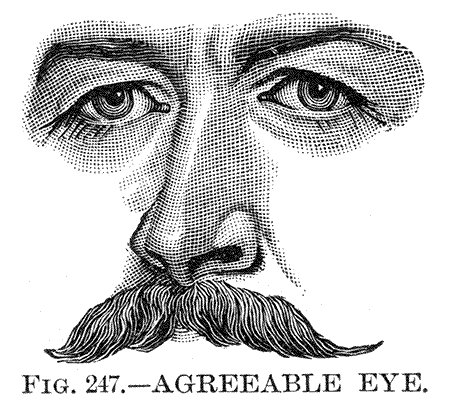de finibus
There is the sense that the book has an argument, that it wants some sort of artist’s statement to illumine its depths. I complained of this, and PF observed that experimental authors tend to fall into two camps – the Nabokovian and the Joycean. The Nabokovian camp will tell you in great detail all the very clever things that are being done in the text, digging you in the ribs to point out the plumpness of the pillows, as it were. There is no mistaking this cleverness and its calls for polite murmurs of appreciation (while leaving the question of comprehension to one side). The Joycean camp will dump you in the middle of a muddle that may (but probably won’t) become clear by the time you reach the end of the book; for such works illumination comes in flashes, like lightning, from later scholiasts and other such seemingly clever fellows.
The book that I was reading, The Book of Beginnings and Endings, claims to be a book of beginnings and endings. It also claims to be a book of essays. It is not quite clear what it is. Having churned over the words and allowed myself to wallow in an aporetic stupor for long enough to become irritable, the only end I could see was its cleverness, its artifice, its sense of design. One could tease out themes if one wanted – love, life, craft, loss, making, meaning &c., &c. – and even turn to one of the author’s other books in search of some kind of guide for the perplexed. A more careful reading might untangle things, but there is a disconcerting sense that the rewards of doing so might be dubious. Better to leave it unexplored than to find that what appeared to be a well was in fact a puddle.
The design of the book, its appearance, is easier to discuss – perhaps in being more concrete and less apparently attached to an internal meaning that is hidden from most readers. Recto and verso are set in different type, and this is obvious even at a cursory view. Looking more closely, one sees that each page is set in a different point size and leading, and the running heads and pagination make sport of the common design tics for these page elements. This unbalances and disorients. One looks, and looks again, not at the words as bearers of meaning, but as appearances; one finds that, yes, they are different. These minor variations perhaps match the tone of each ‘beginning’ or each ‘ending’ – but it is equally likely that they do not. It is the sort of book that, if your friend had written it and sent it to you, you would say was very clever, profound, funny, witty, or whatever other adjective you usually use to describe that friend. It is very much itself, this book, but it remains apart from the reader (unless the reader happens to be a part of it, too).
